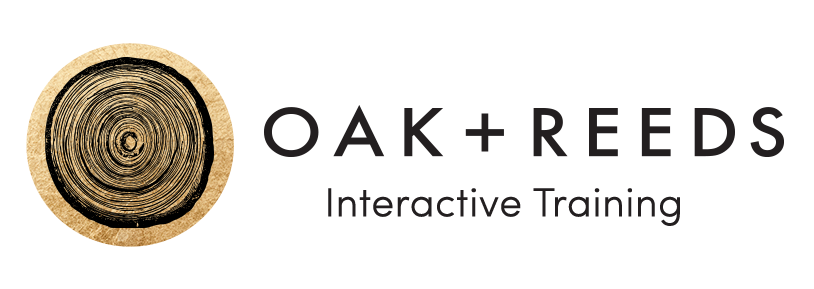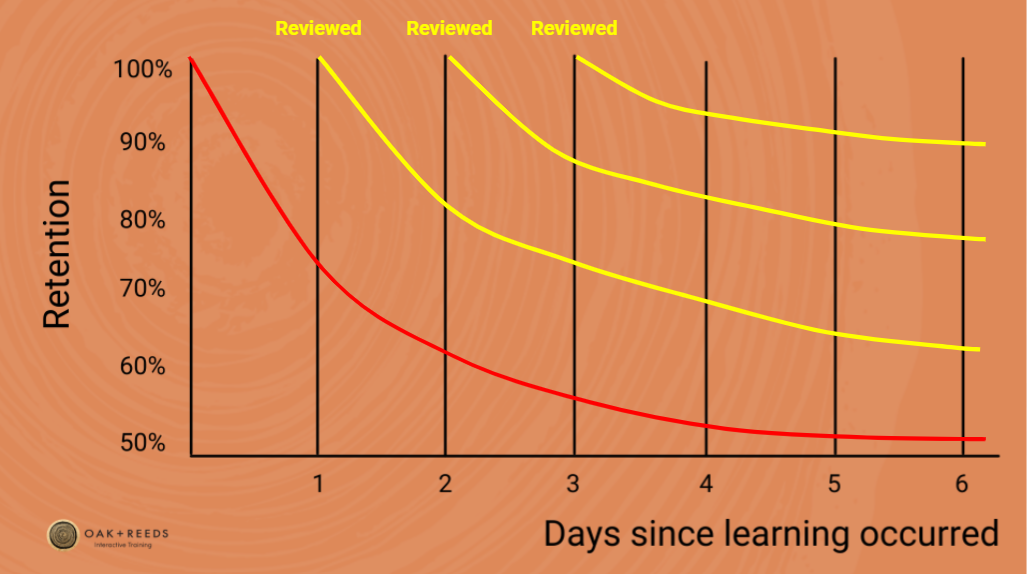Question: How do you make sure you're investing in development that sticks?
Answer: You provide a learning experience that is fun, relevant, and… sticky!
“Sticky” learning, or microlearning, is an educational approach that offers bite-sized learning units to help learners achieve a goal. An example of sticky learning are whisper courses. These are a series of emails, each with a simple suggestion, or 'whisper,' for a learning to apply to everyday interactions like feedback 1:1’s or team meetings.
The goal of whisper courses is to convey information and offer guidance or “nudges”, at the right moment for employees to actually put that information to work.
Developed by Google, whisper courses were inspired by the idea that learners need reminders rather than another class to try what they already know - much like a whisper into a manager’s ear. Here’s how they did it:
Managers were enrolled in whisper lessons relevant to their lowest-scoring management behavior according to their personal survey results.
They would receive a whisper lesson accompanied by two concrete examples of how to apply the lesson. For example, in a course to improve Employee Recognition, managers were told to recognise one team member using the following phrases:
“I noticed and appreciated the way you [did X]”
“That’s a really thought-provoking point that you brought up because [X].”
They were encouraged to use part of their one-on-one to have a meaningful dialogue about the whisper lesson. For example, managers enrolled in the Employee Recognition course were encouraged to ask their team members who they preferred to be recognized. Would they prefer to receive kudos publicly, in private, via email?
Each course lasted for 10 weeks. After which, managers’ progress were compared to their peers.
The results showed that Google Managers who received a whisper lesson improved on that behavior by 22-40%. Whisper courses are now standard practice for managers.
Whisper courses are also recommended across the Learning and Development industry because it ensures a better return of investment as well as a more continuous and enjoyable learning experience.
Why do we know this works?
Ebbinghaus Forgetting Curve
Let’s return to the “forgetting curve” from our last post. The image above shows that, with frequent checkpoints, learners retain information for longer. If learning content is applied to work and regularly reviewed, it takes less time to pull the information from long-term memory.
And the numbers don’t lie: whisper courses make the transfer of learning 17% more efficient. Some factors that contribute to this:
Autonomy: Learners have the freedom to consume the content at their own pace. The right headspace is important for effective learning - you won’t learn if you’re actually thinking about your next meeting or project.
Clutter-free: Bite-sized content drills down to the basics. What do you need to know so that you can apply this theory to your work immediately? Retention is much better when you cut away the clutter and focus on what is actionable right now.
Chunking: Chunking is a learning strategy that breaks down content into smaller pieces of information that are then grouped together into a meaningful whole. This is based on cognitive psychology research meant to improve memory retention and comprehension.
Focused: “Sticky” learning content focuses on only 1-2 objectives per course. This means every learner walks away with an average of 4-5 learned takeaways.
Oak and Reeds now offers whisper courses to supplement our training content. Supplementing our popular training content helps learners apply their newly-acquired knowledge faster and retain useful information for longer!

